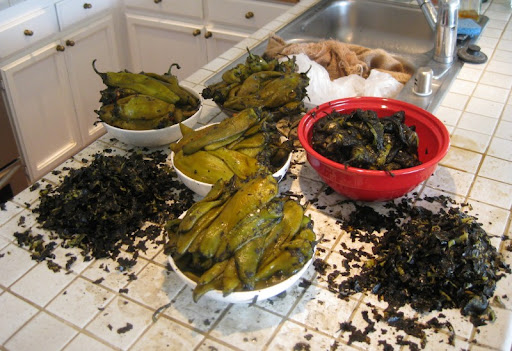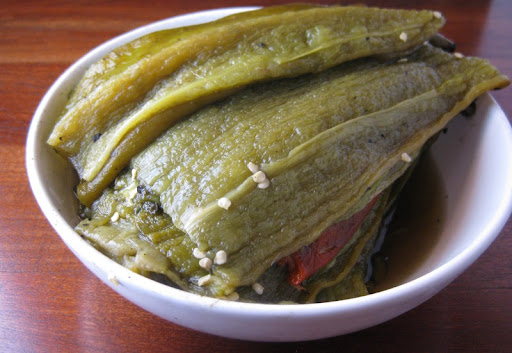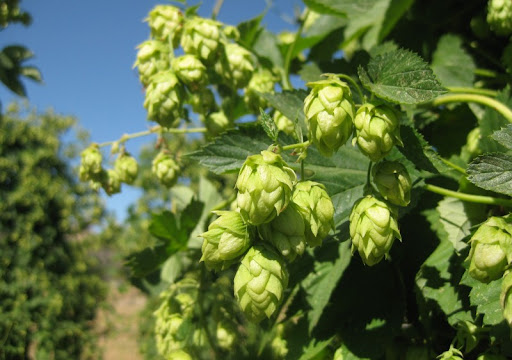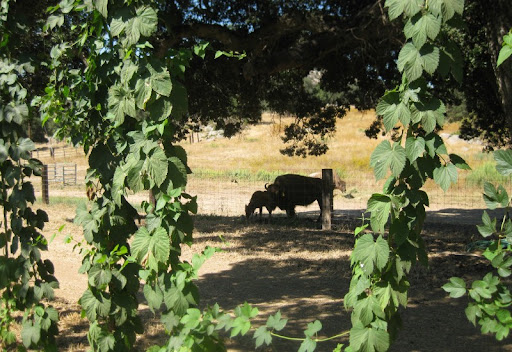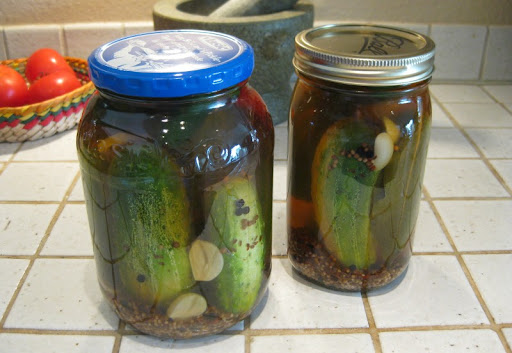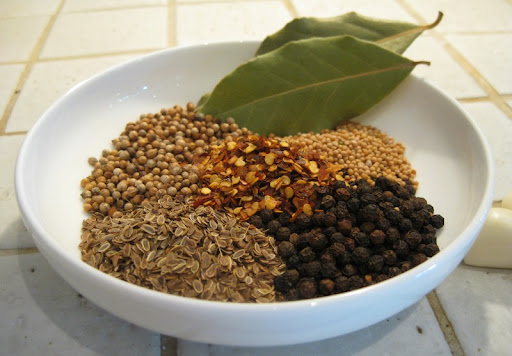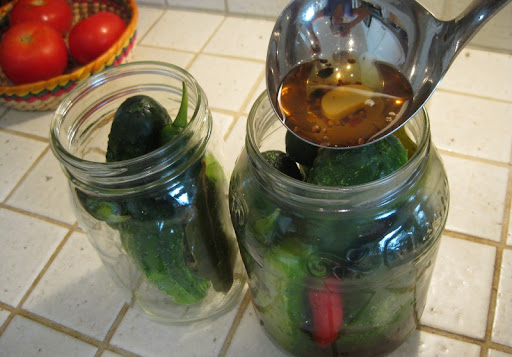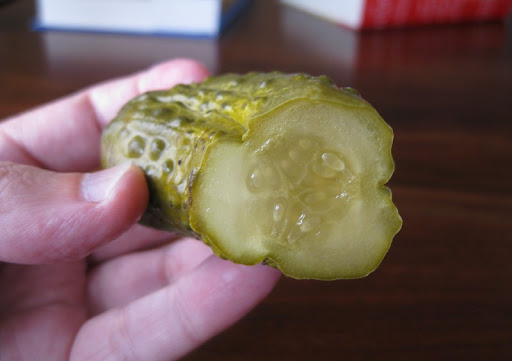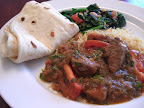
After a pretty dodgy July, summer seems finally to have arrived in August. Sunny days and warm temperatures call for refreshing adult beverages. For us, the solution is our latest beer - a San Diego Session Ale.
So, why do we call it a "San Diego Session Ale"? Well, first off, by ale we mean IPA - no self-respecting San Diego beer drinker would tolerate a pale ale without a big hop profile. And, as is typical of the style, the hops are more focused on the aromatic than bittering. Dry hop, dry hop, dry hop.
As for the "Session" part, it refers to a lower octane beer than you can have a few of without falling on your face. This beer came in at 6.4% abv, and while this might not be considered "sessionable" in most parts of the country, it definitely qualifies here in San Diego where it is not at all unusual for a run-of-the-mill IPA to be 7.5%.
The beer is nice and light in body and color. The picture above is a bit misleading - this shot gives a better representation of the color:

To achieve the light color and body, we used a partial mash and late extract addition as we have been doing with most all of our beers. In this case, however, we also increased the amount of wheat malt in the mash. We usually use a half pound of wheat to help yield a nice, frothy head. This time we upped it to a pound and a half.
The result was just what we were looking for. The extra wheat we used did a great job of lightening up the beer, without going so far as to turn it into a hefeweizen. Hoppy, refreshing and (at least somewhat) sessionable. A perfect summer beer.
If you don't brew your own, but live in the San Diego area, there are an increasing number of great session beers available. Two of my current favorites are from Alpine: Hoppy Birthday and Tuatara. Port's SPA is also quite nice. Those beers are likely going to be hard to find outside of San Diego, but Alesmith X and Stone Levitation are good too and should be available farther afield.
If you do brew your own, however, here is our recipe:
San Diego Session Ale
Total batch size = 5 gallons; Partial Mash in 3 gallon beverage cooler; ~3 gallon 60 minute stove-top boil; late malt extract addition; dry hopped for aroma; target abv of 6.5%.
Ingredients:
4 lb 2-Row Pale Malt
1 1/2 lb Wheat Malt
1/2 lb Carapils/Dextrin Malt
2 1/4 lb Briess Golden Light Dry Malt Extract (DME)
2 lb Briess Pilsen Dry Malt Extract (DME)
2 1/2 oz Centennial Hops (9.2% AA)
1 1/2 oz Amarillo Hops (7.5% AA)
2 oz Simcoe Hops (12.3% AA)
1 tablet Whirlfloc
White Labs WLP051 California Ale V Yeast
Hop Schedule:
1/4 oz Simcoe - 60 minutes boil
1/2 oz Amarillo - 60 minutes boil
1 oz Centennial - 50 minutes boil
1/2 oz Simcoe - 15 minutes boil
1/4 oz Simcoe - 5 minutes boil
1/4 oz Simcoe - 2 minutes boil
1/2 oz Amarillo - 2 minutes boil
1 1/2 oz Centennial - Dry Hop in Secondary Fermenter
3/4 oz Simcoe - Dry Hop in Secondary Fermenter
1/2 oz Amarillo - Dry Hop in Secondary Fermenter
Heat 8 quarts water to 165 degrees for a target mash temperature of 150 degrees. Place the 6 pounds of crushed grain (2-Row Pale, Wheat and Carapils) into a large mesh bag. Pour the hot water into the beverage cooler, then lower the grain bag into the water very slowly, pushing and prodding with a large spoon to ensure all the grain is wet (this can take several minutes). Put the lid on the cooler and allow to rest 60 minutes.
While the grains are mashing, heat another 5-6 quarts of water to 180-185 degrees for sparging (rinsing the grains). Near the end of the 60 minutes, heat 2 quarts of water to a boil in your brew pot.
After the first mash is complete, remove the cooler lid and open the spigot to draw off about 2 quarts of wort into a large pitcher. The first few draws will likely be cloudy with grain particles; pour it gently back into the cooler over the grain bag to help filter it. Draw off the remaining wort by the pitcher-full and carefully pour that wort into the boiling water in your brew pot; continue until only a trickle of wort leaves the spigot. Pour about 5 quarts of your hot sparge water over the grain bag in the cooler. Gently lift the bag up and down to thoroughly re-wet the grains (but don't slosh). Cover and let sit about 5 minutes. Use the spigot and a pitcher to draw off all of the second wort and add it to your brew pot. (Alternatively, heat the sparge water to 195 and carefully add it a pint at a time while you draw off the first wort. Keep the liquid level 1 inch over the grain bed until all sparge water has been added, then slowly draw off the remainder.)
You should have about 3 gallons of wort. Bring the wort to a boil and add hops according to the schedule. With 15-20 minutes remaining in the boil, begin adding the DME one cup at a time, stirring to dissolve. At time zero, continue adding DME off the heat until all has been added (if needed, return to low heat for a few minutes to help dissolve the extract). Stir in 1 tablet Whirlfloc. Cover and let sit 10-15 minutes.
Move brew pot to an ice bath and cool quickly to less than 80 degrees. Transfer wort to a primary fermenter (straining off the hops if desired). Add water to reach the 5 gallon mark. Swirl vigorously then pitch the yeast.
Ferment in primary for 1 week, then transfer to secondary. After seven days, dry hop with 1 1/2 oz Centennial, 3/4 oz Simcoe and 1/5 oz Amarillo. Bottle or keg after fermentation is complete (2 to 3 weeks in secondary).





